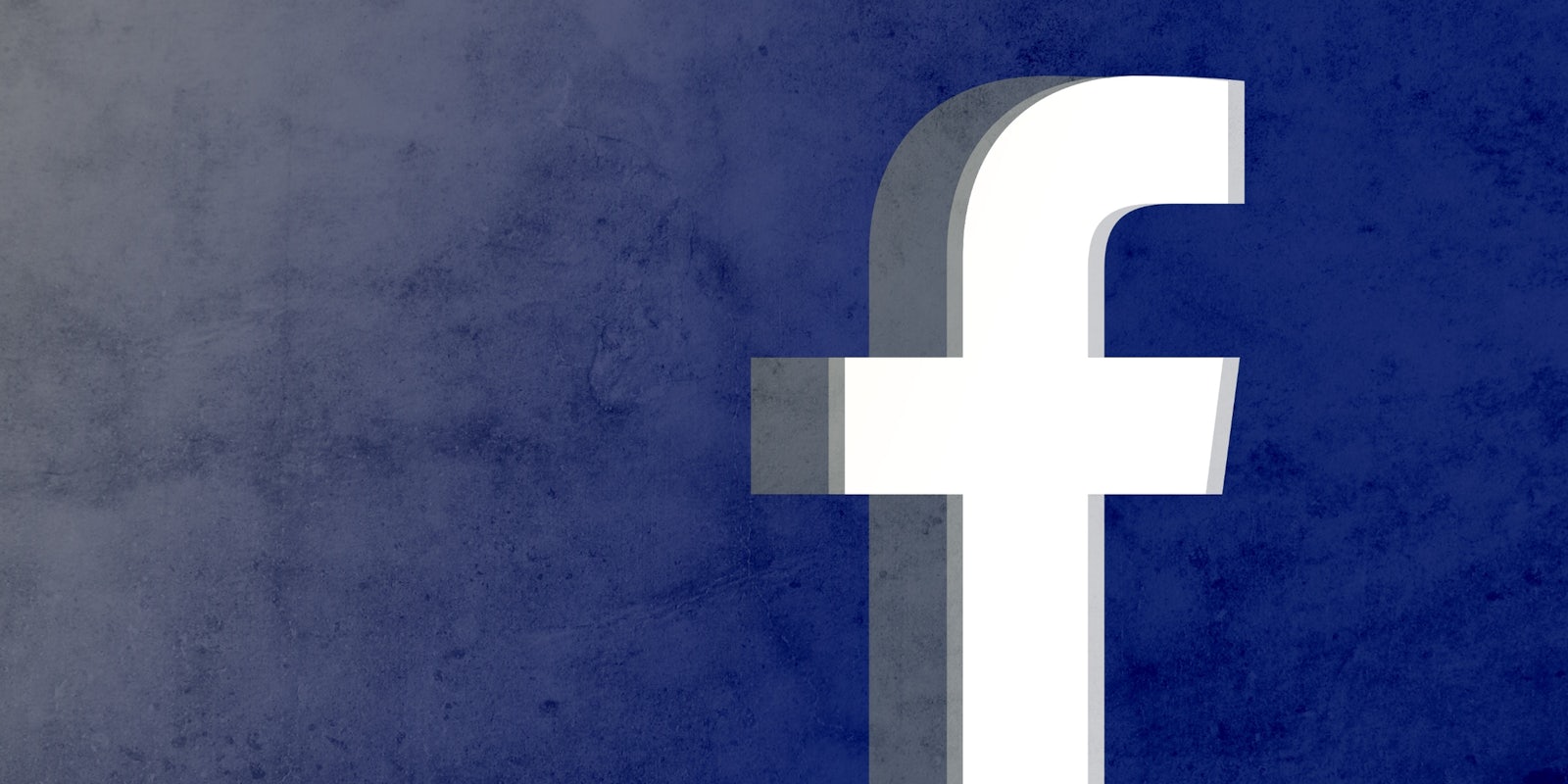In an effort to cull homogeneity in Facebook’s workforce, the company implemented a points-based system to encourage recruiters to find candidates that checked diversity boxes, according to a report from the Wall Street Journal, and awarded more points to Black, Hispanic, and female candidates.
At first, the points system reportedly weighed engineering candidates from minority groups at 1.5 points, and increased it to two points last year.
Despite the incentives, Facebook’s workforce is still mostly white and male, with 33 percent women globally, and four and two percent Hispanic and Black, respectively. Those numbers have remained mostly stagnant since 2015.
A Facebook spokesperson told the Daily Dot the company doesn’t share direct recruiting tactics, but finding underrepresented talent is a core expectation for all recruiters and they can be hard to recruit due to competition and smaller applicant pools.
Hiring decisions ultimately come down to hiring managers, individuals outside the recruiting process that screen and offer jobs to candidates. Facebook requires these managers take a “diverse slate approach,” interviewing candidates from an underrepresented groups during the hiring process. Additionally, the company offers voluntary managing bias training to help recognize and correct unconscious biases. Nearly 100 percent of all Facebook employees at a managing level and above, and 75 percent of employees in the U.S., have completed it.
Facebook’s reported strategy of incentivized diversity recruiting might be unusual, but companies often incentivize recruiters generally to achieve company goals; these can include bonuses for high volume or quick recruitment, Joelle Emerson, founder and CEO of diversity consulting group Paradigm, said in an interview. She encourages companies to look at how they’re incentivizing recruiters, and think about structures that could align with diversity goals.
“I think at the end of the day, accountability is critical,” Emerson said. “Making sure we’re holding people accountable, which can include incentive structures, is really key to diversity and inclusion efforts.”
The issue, she said, comes when companies misidentify where the problem lies in the recruiting and hiring pipeline. Recruiters can be rewarded for bringing in diverse talent, but it might not matter when barriers like interview processes that disproportionally eliminate minority candidates still exist. Further, it’s important to make sure accountability measures (like diversity recruiting incentives) don’t backfire by potentially stigmatizing underrepresented groups or leading people to believe criteria is different, Emerson said.
Company diversity data doesn’t take into consideration retention rates, a cultural barometer that shows how long underrepresented talent stays at companies. Incentives may broaden the pool of candidates at an early part of the Facebook employee funnel, but only anecdotal data is available regarding how long these “diversity hires” stay.
When Facebook released diversity numbers last month, it in part blamed the pipeline for its lackluster progress in adding minority candidates. Diversity is just one part of the shift within the tech industry—creating an inclusive environment in which these individuals can thrive is vital to making any progress.
Former Facebook engineer Kayla Smith told me in July that she left her position because of a toxic culture that pushed out people that didn’t fit in with the monoculture in Facebook’s ranks.
As Facebook and other tech giants continue to focus on improving diversity, public numbers across the board are inching along.
